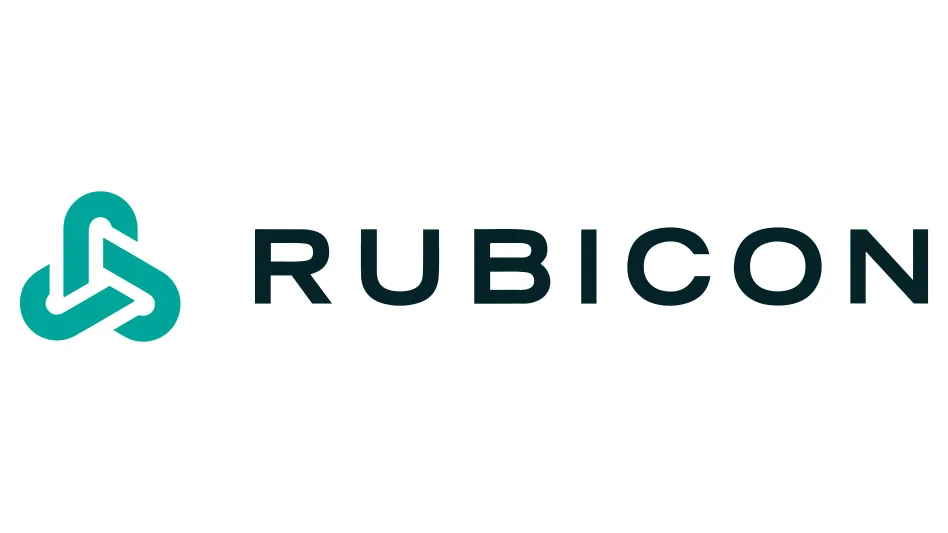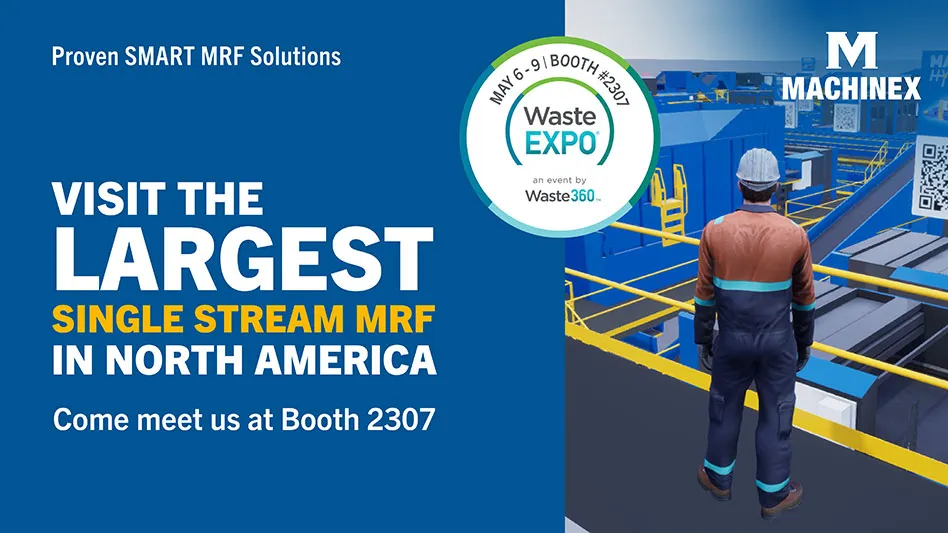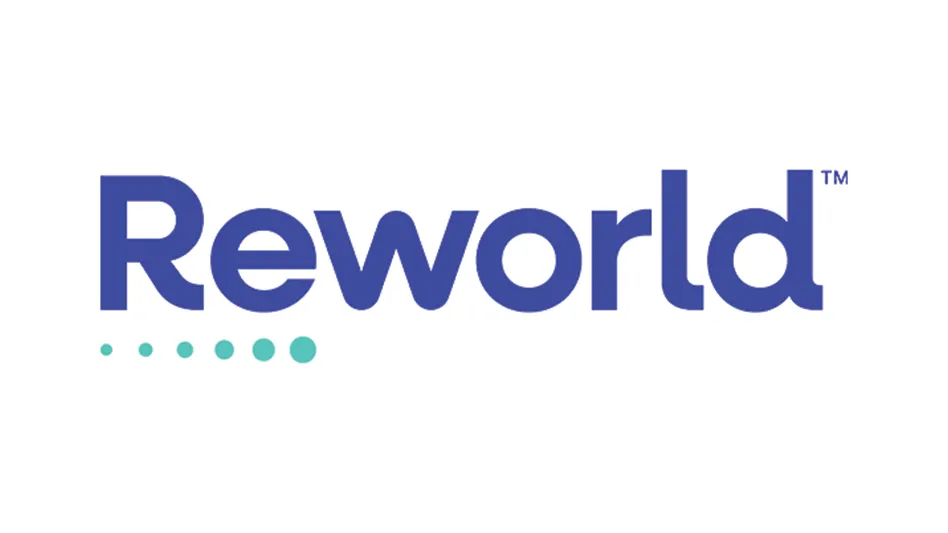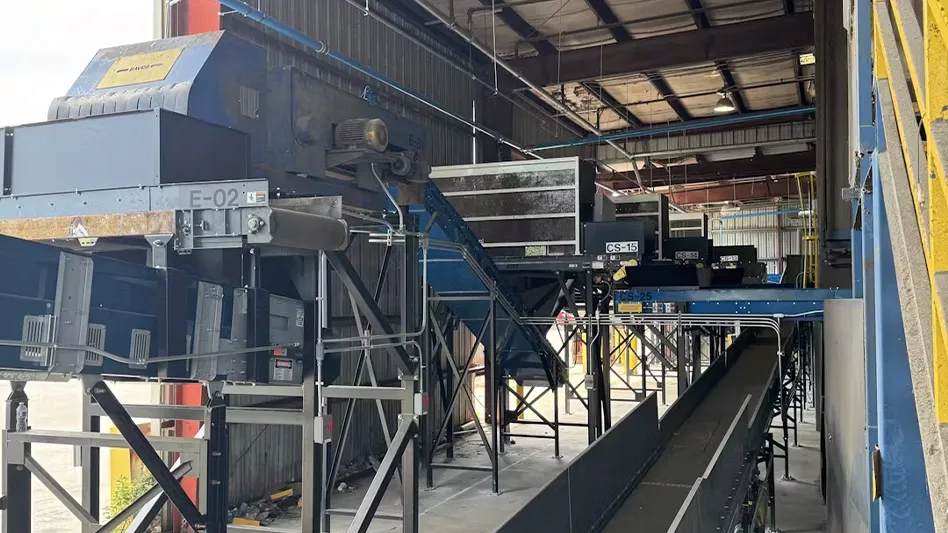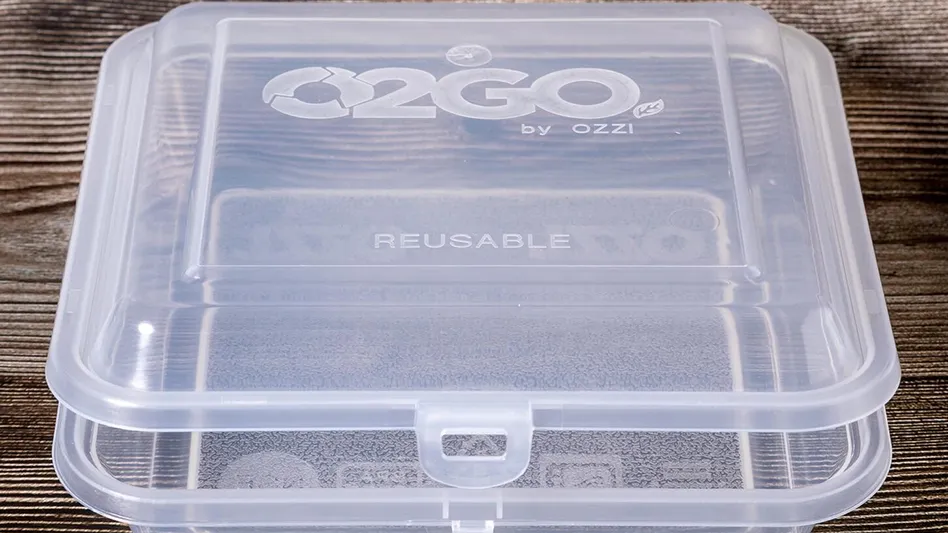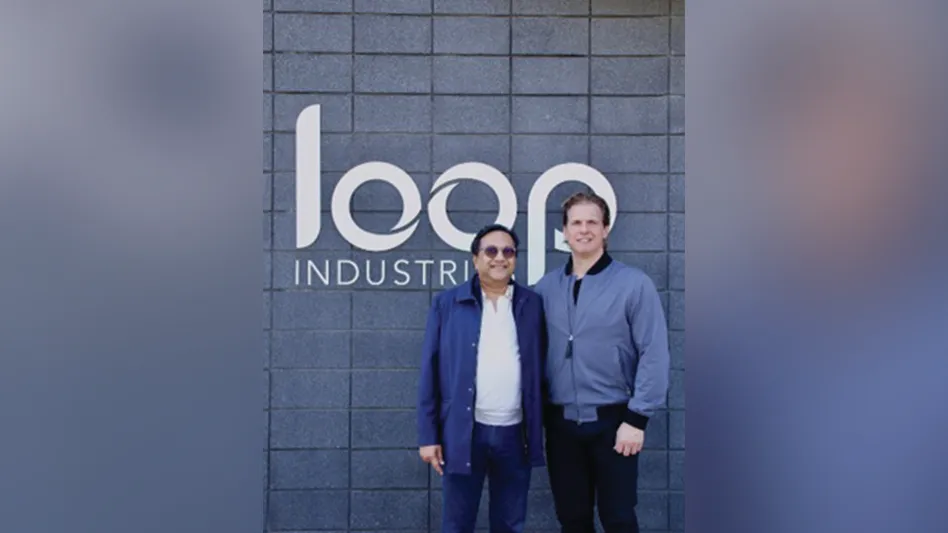For different reasons, recycling obsolete electronics and stainless steel scrap each pose money-losing scenarios to the uninitiated, according to presenters at a session titled “A World of Opportunity” at the 2014 Middle East Metals Recycling Conference.
Speaker Steven Art of Belgium-based Umicore Precious Metals Refining described the electronic scrap stream as “highly diverse” but noted that within that diverse stream can be found precious metals as well as another stream of rare metals that, when grouped together, go by several different names.
Trace amounts of metals including bismuth, indium, iridium, antimony, rhodium and ruthenium can be found on many circuit boards or within electronic devices. These metals are sometimes grouped together as rare earth metals, critical metals, spice metals, complex metals or technology metals, said Art.
Metallurgical processes deployed by Umicore and other companies, Art said, can lead to the optimal “final recovery” of metals. While recyclers should “make use of metallurgical processes,” they “also have limitations—don’t expect metallurgical miracles,” he remarked.
Umicore toll processes slags and other metallurgical byproducts along with electronic scrap and scrap automotive and industrial catalysts. “We need the right mix [when refining] but we are a flexible buyer,” Art told attendees.
Kenneth Neil of the Dubai, United Arab Emirates (UAE), office of global recycler Sims Recycling Solutions told attendees “collection is the easy part” of electronics recycling. Among the challenges are protecting the confidential data found on electronic devices and keeping up with the fast-changing stream of consumer and business products.
Neil said Sims first considers repair, reconditioning and component reuse options before it shreds obsolete items to recover the resources. “We’re trying to use as much of the material in its manufactured form as possible, before we go to the recycling system.”
He said repairing versus recycling decisions can be based on a variety of factors, including data security, brand reputation concerns, storage costs and local laws. In the latter category, he noted that electronic scrap generated within the UAE is not supposed to go to India and is not even supposed to be transported between emirates.
Anshul Gupta of UAE-based PGI Group gave an overview of the global stainless steel scrap market, which has been stuck in a trough for several years. Gupta said nickel pig iron produced in China and made from ores imported from nearby nations has greatly reduced China’s demand for stainless steel scrap.
Recyclers of stainless steel around the world are anxious to find out whether an Indonesian ban on exporting the laterite ore used by Chinese nickel pig iron producers will soon provide a boost to the stainless scrap market.
The detrimental effect of the nickel pig iron boom has been clear, said Gupta, who noted that from 2007 to 2009 China imported from 300,000 to 400,000 tons of stainless steel scrap each year. In 2013, as nickel pig iron furnaces churned out product, China imported less than 50,000 tons of stainless scrap, “mostly mixed metal scrap from Taiwan and Japan,” said Gupta.
Among the scenarios that could provide good news for stainless steel scrap exporters, Gupta said, is a drop in the value of nickel, which could then make the production of nickel pig iron a losing financial proposition. “If nickel pig iron loses value, then stainless scrap demand rebounds,” he commented, adding, “This could be good news for scrap traders in 2014.”
The 2014 Middle East Metals Recycling Conference was March 2-3 at the JW Marriott Marquis in Dubai.
Latest from Recycling Today
- Novelis quarterly, full-year net sales down; CEO reports ‘strong improvements’
- Meeting the decarbonization challenge
- Cyclic Materials expands leadership team
- Paper cup acceptance at US mills reaches new milestone
- EPA announces $3B to replace lead service lines
- AMCS showcasing Performance Sustainability Suite at WasteExpo
- New Way and Hyzon unveil first hydrogen fuel cell refuse truck
- Origin Materials introduces tethered PET beverage cap
